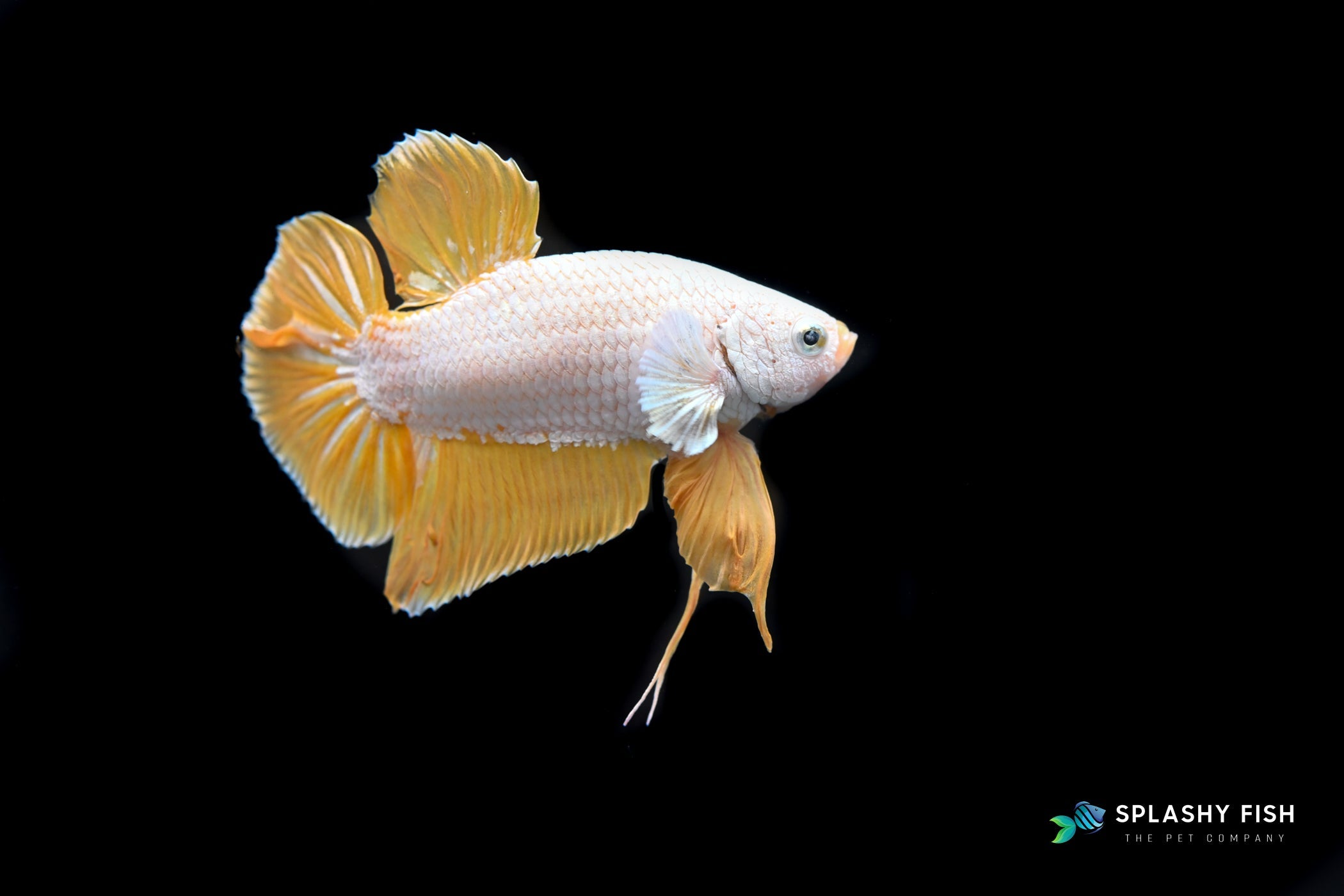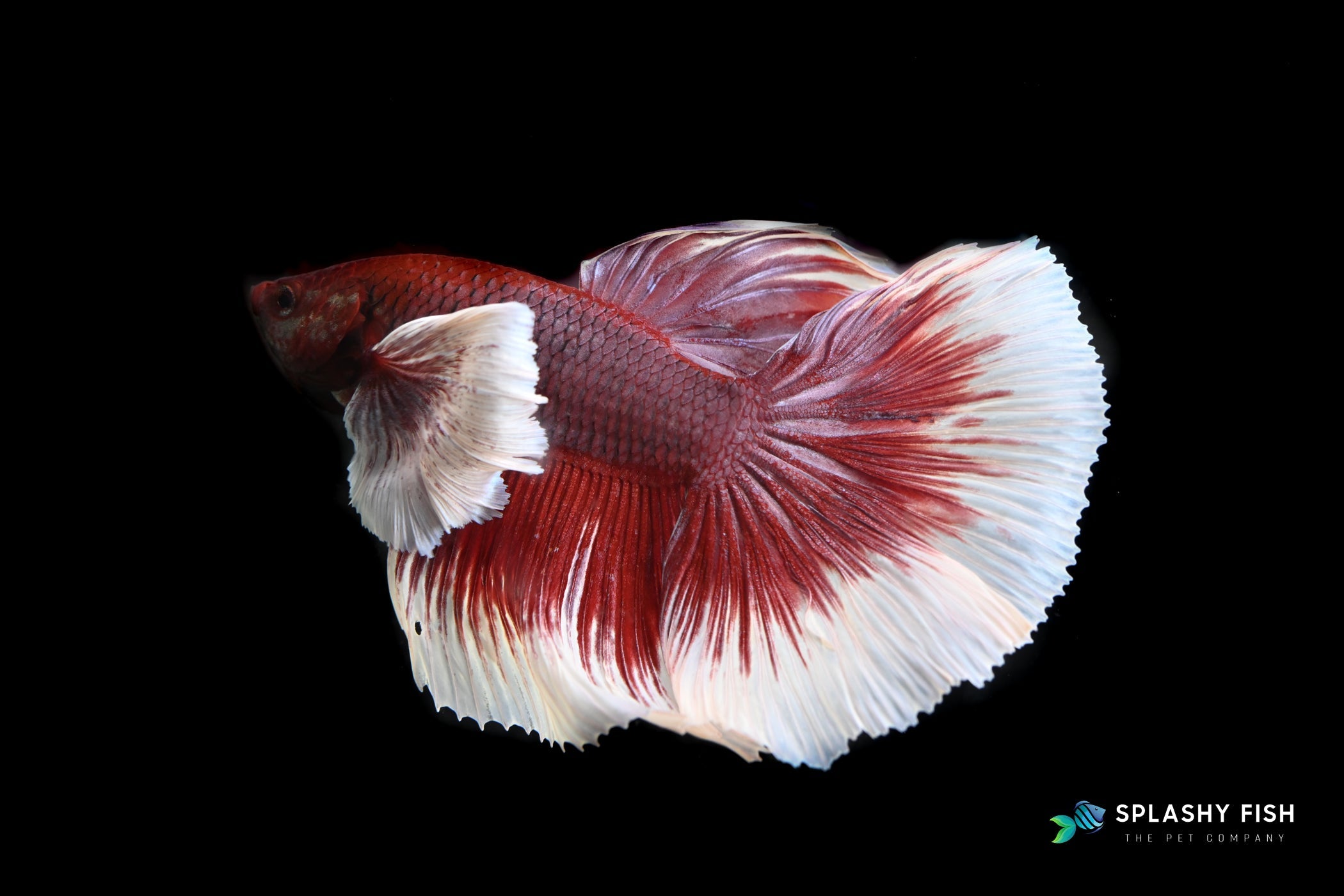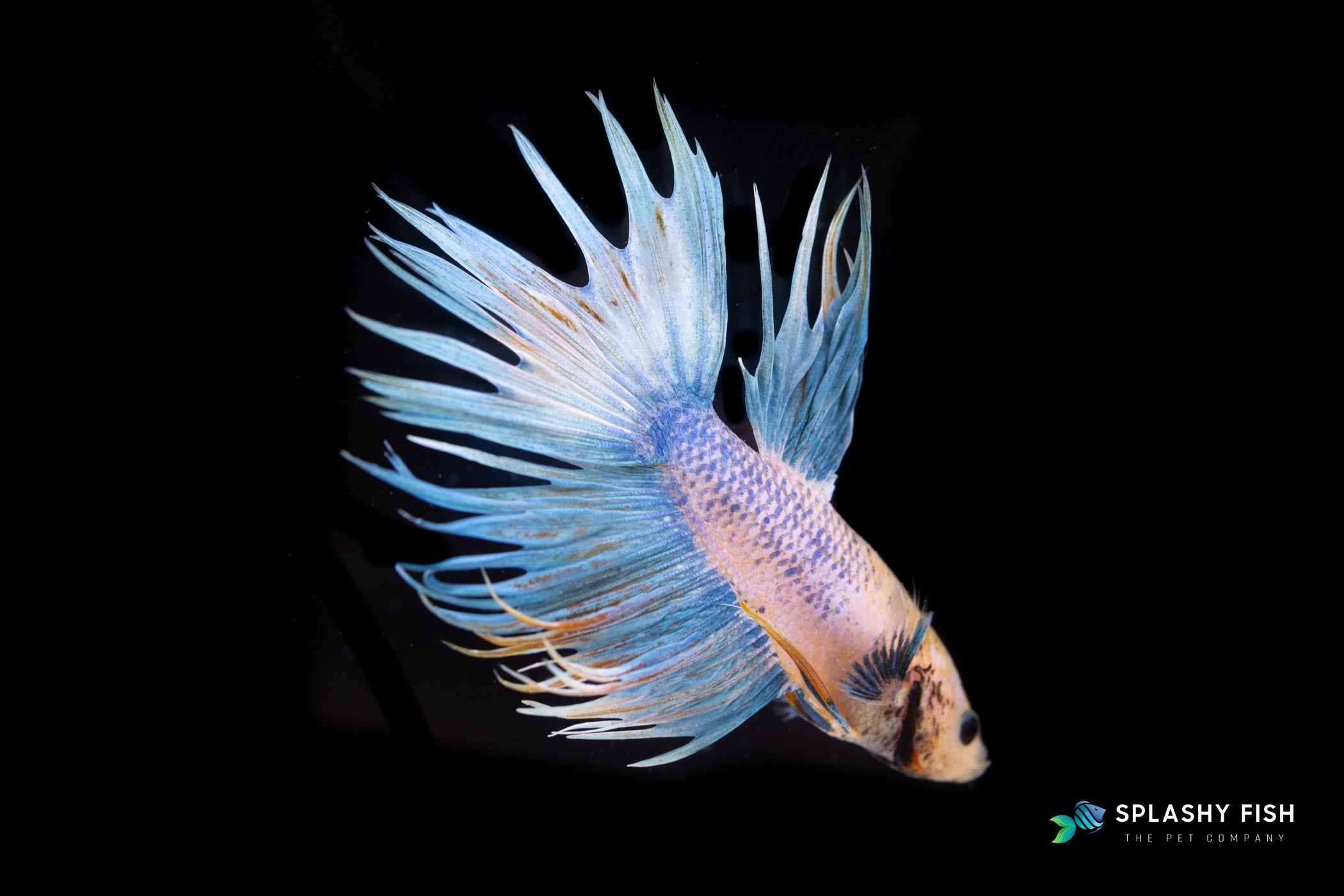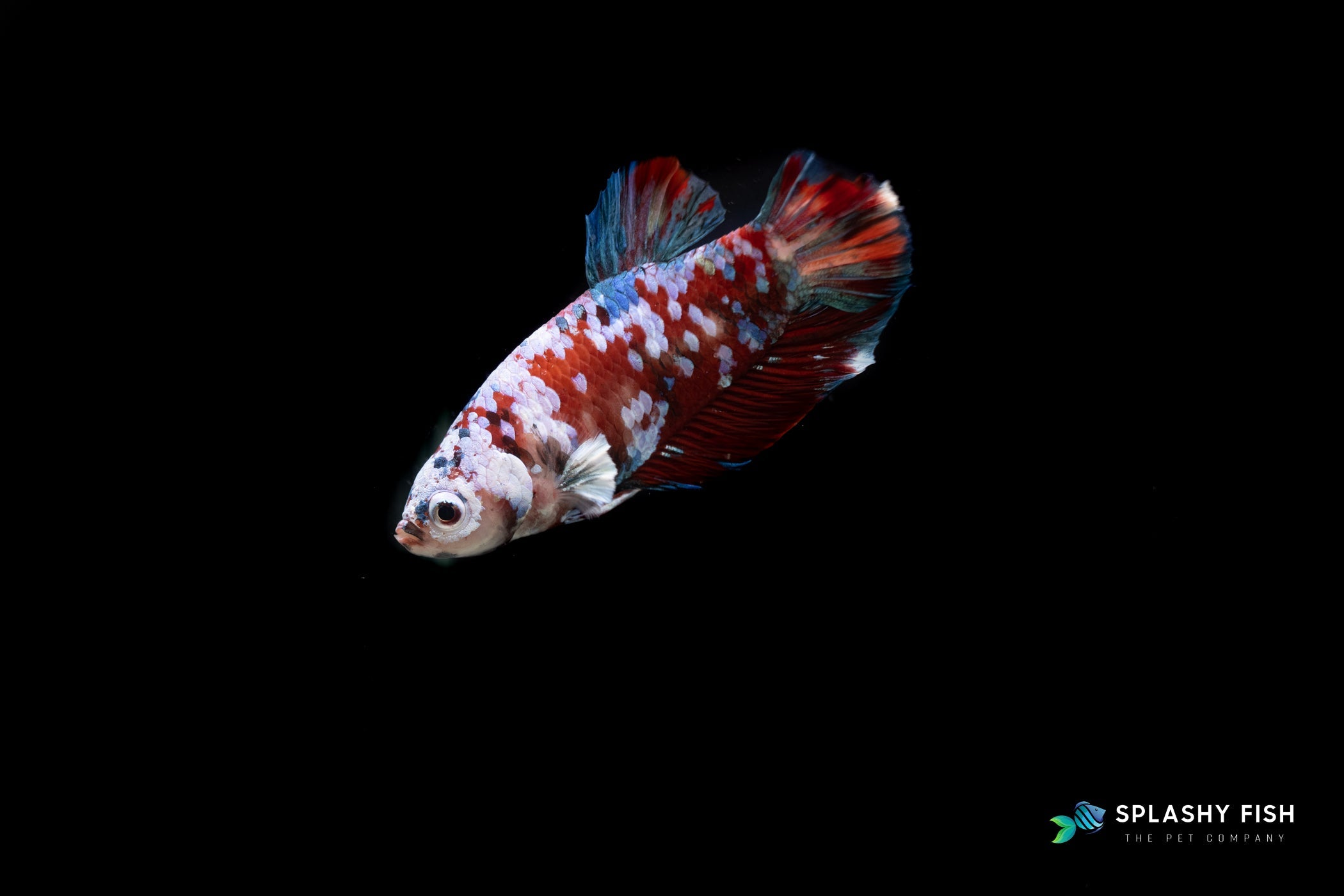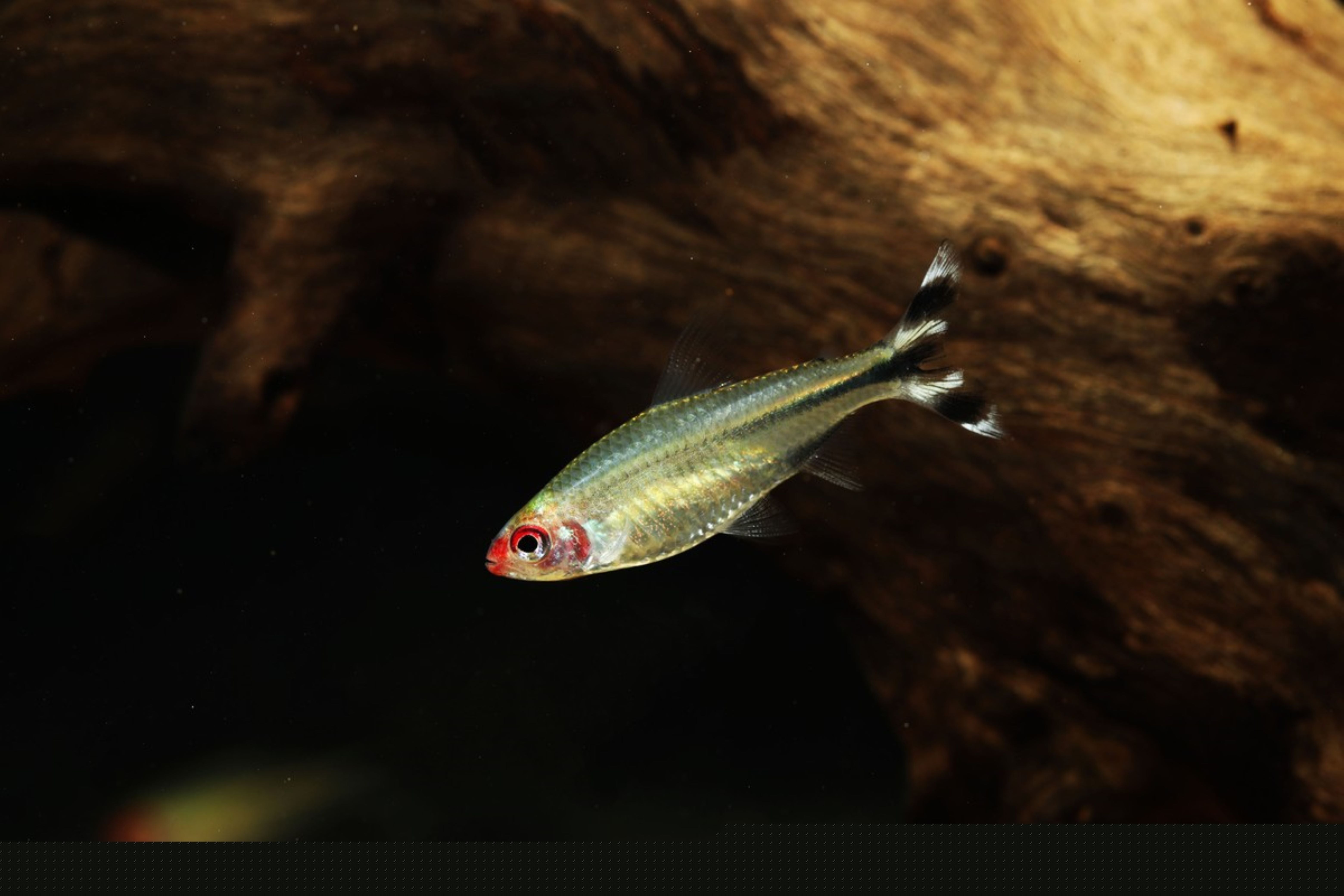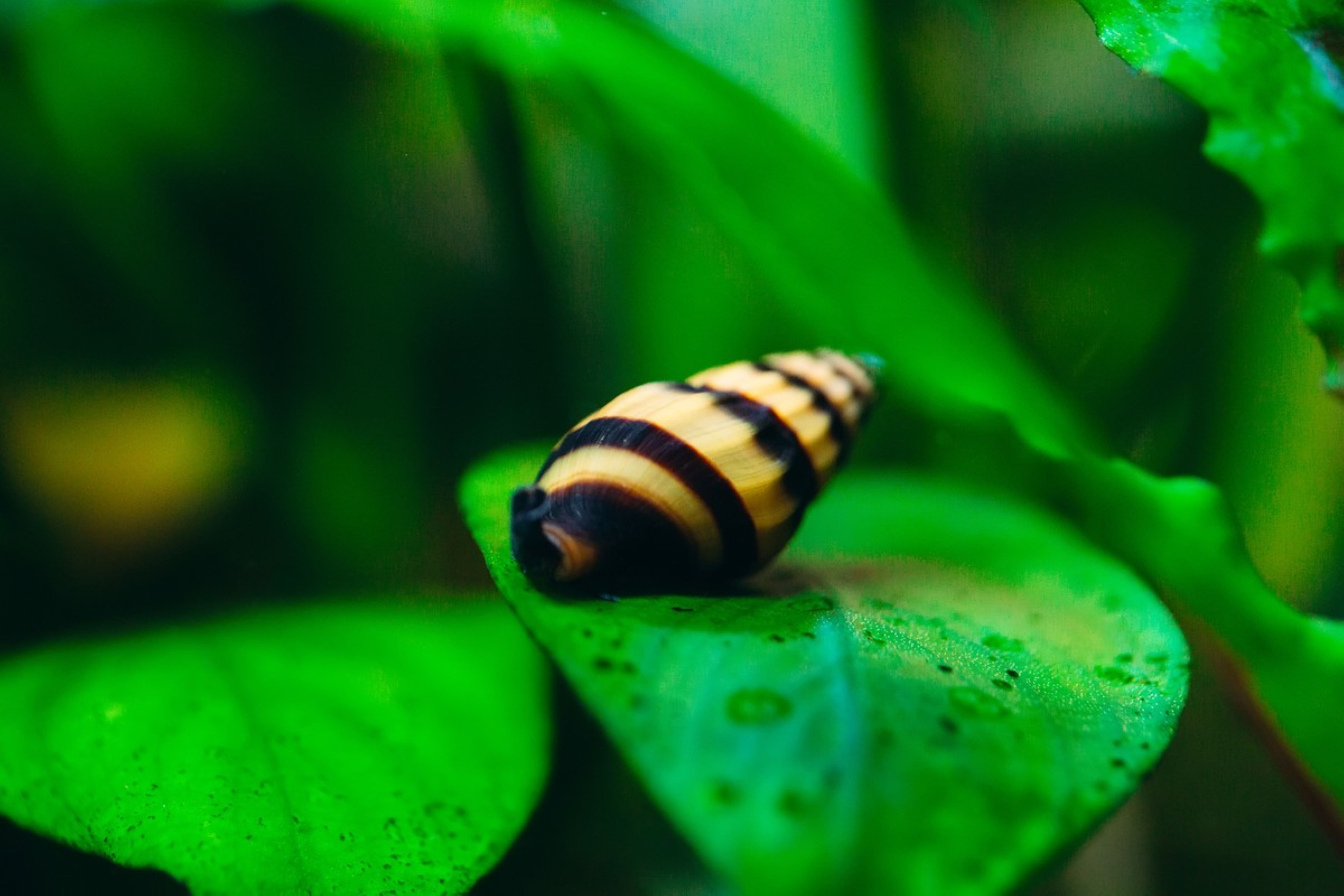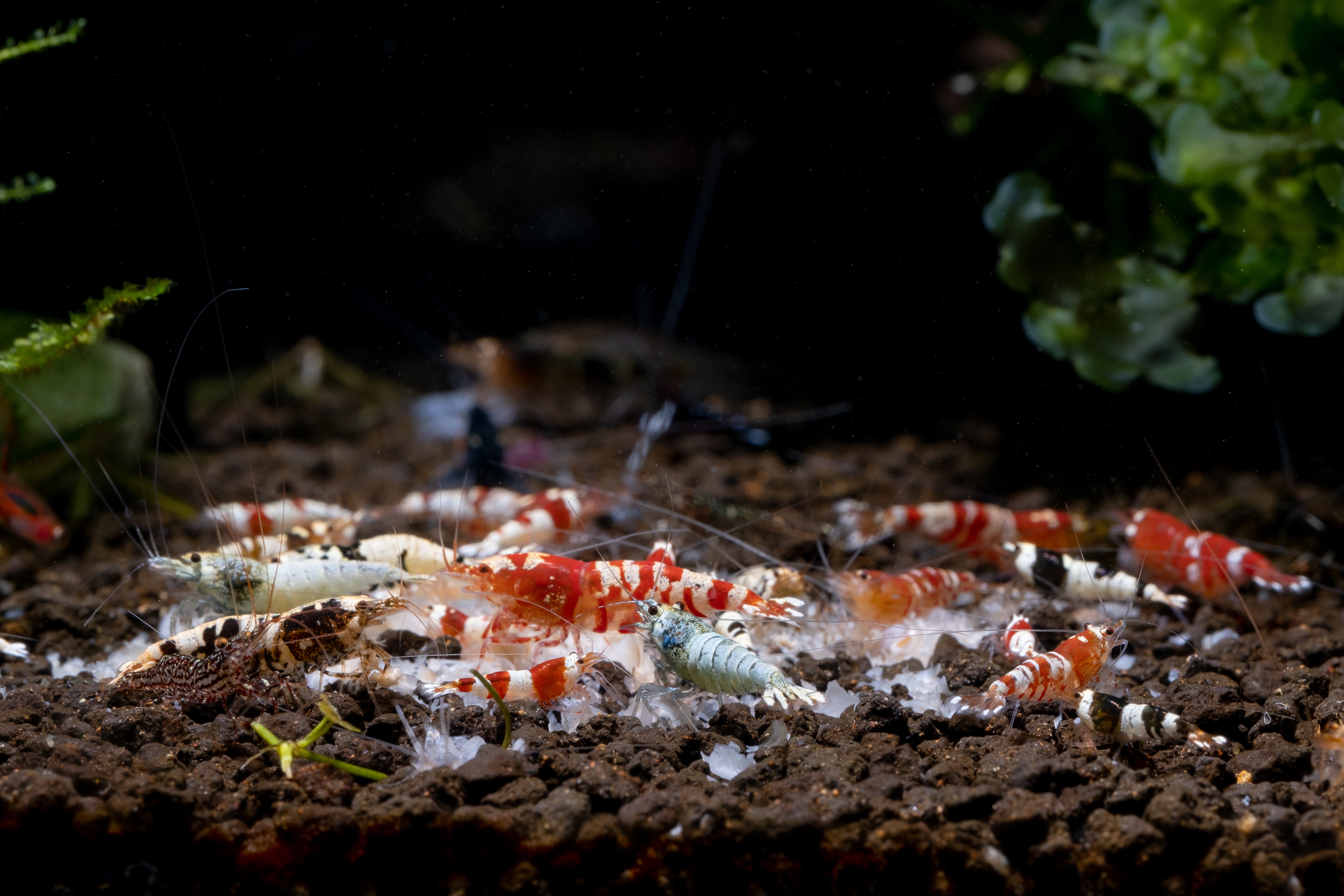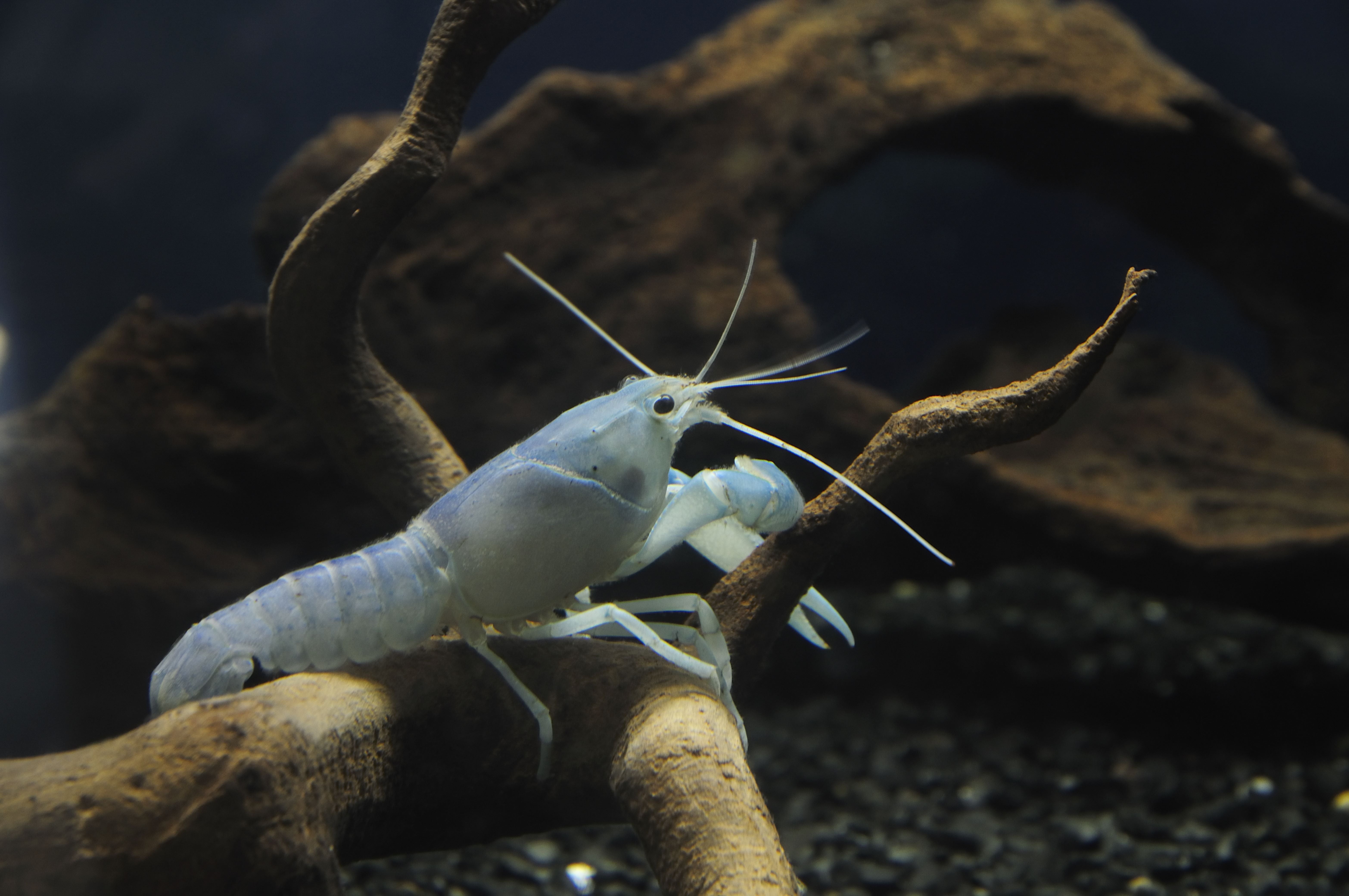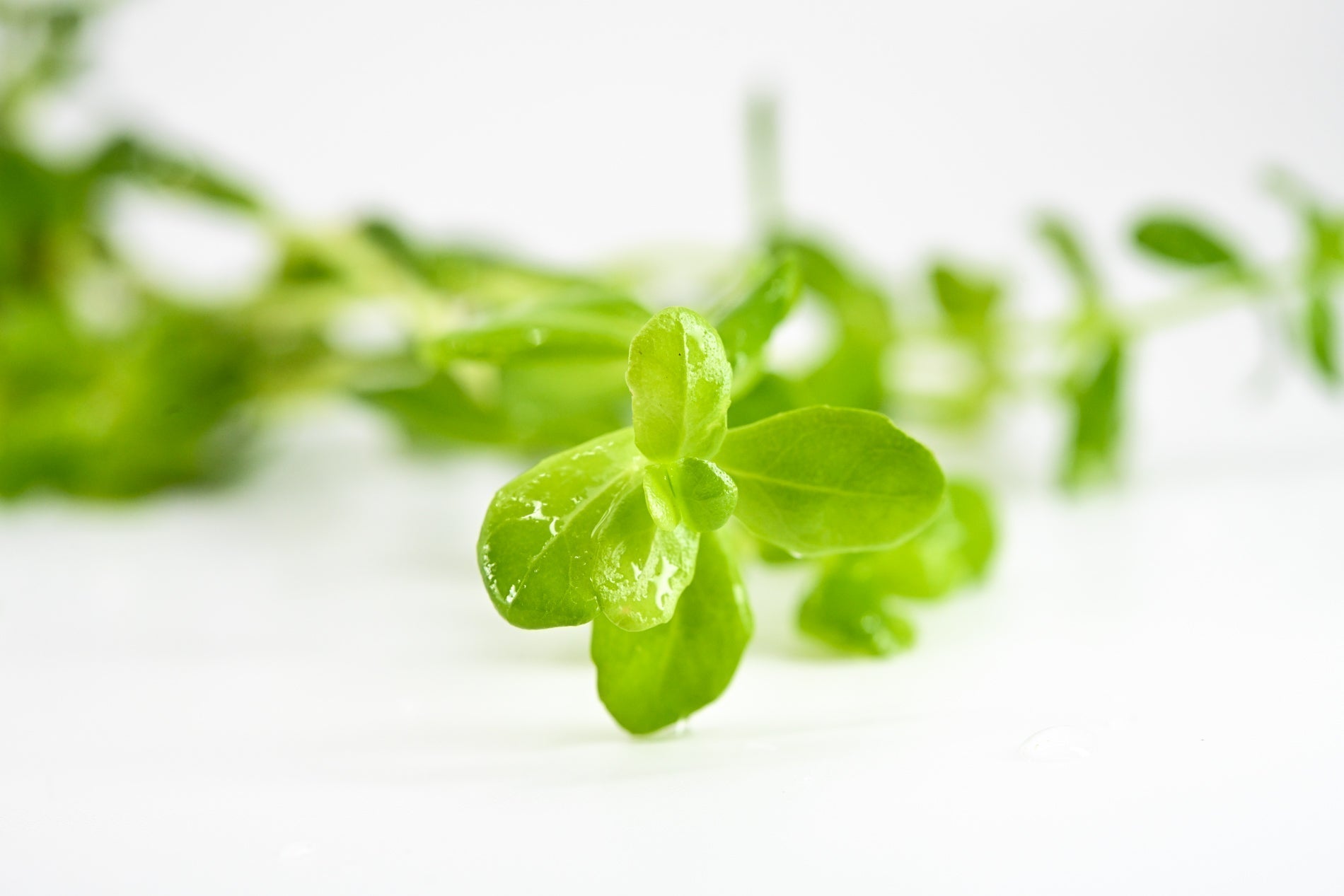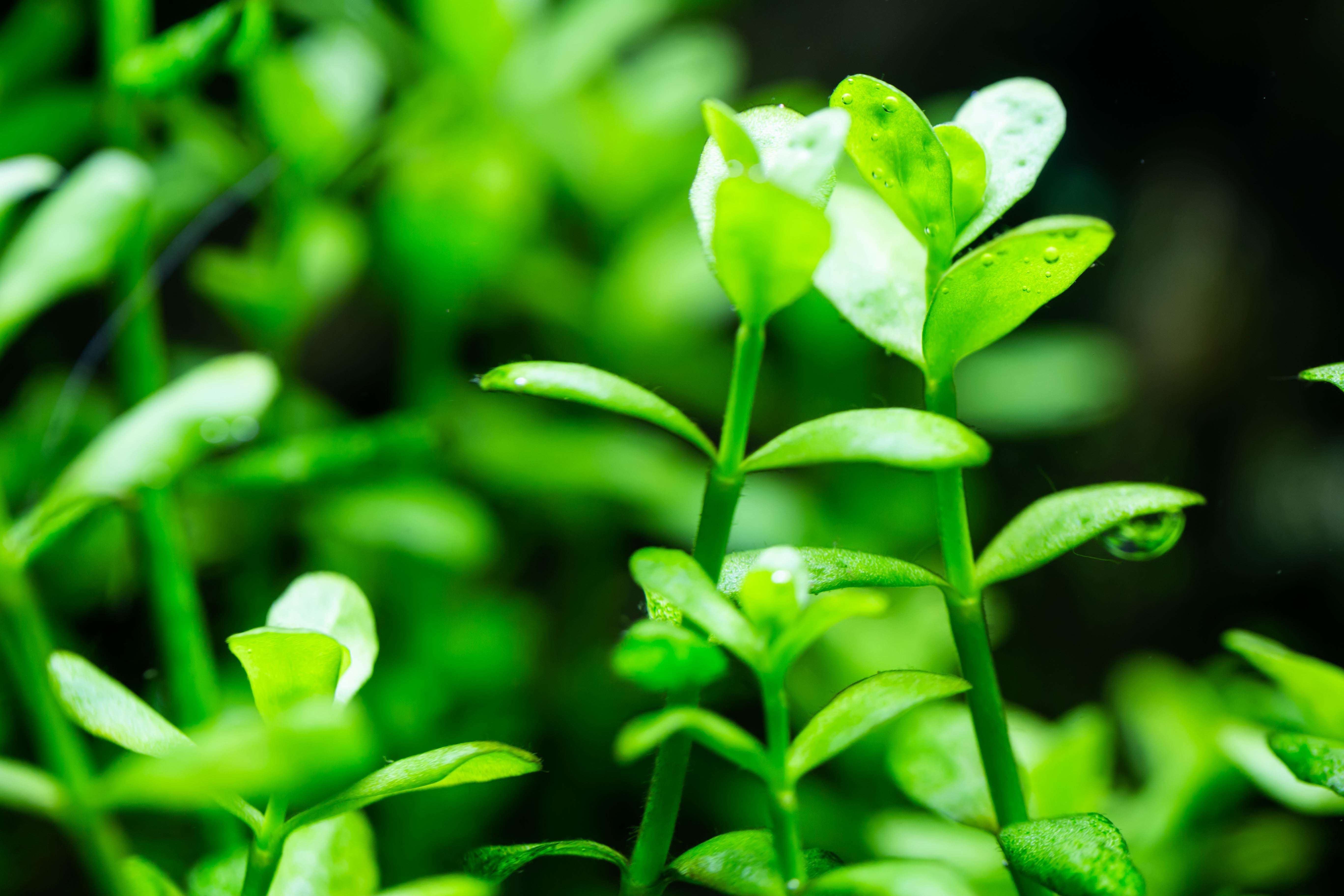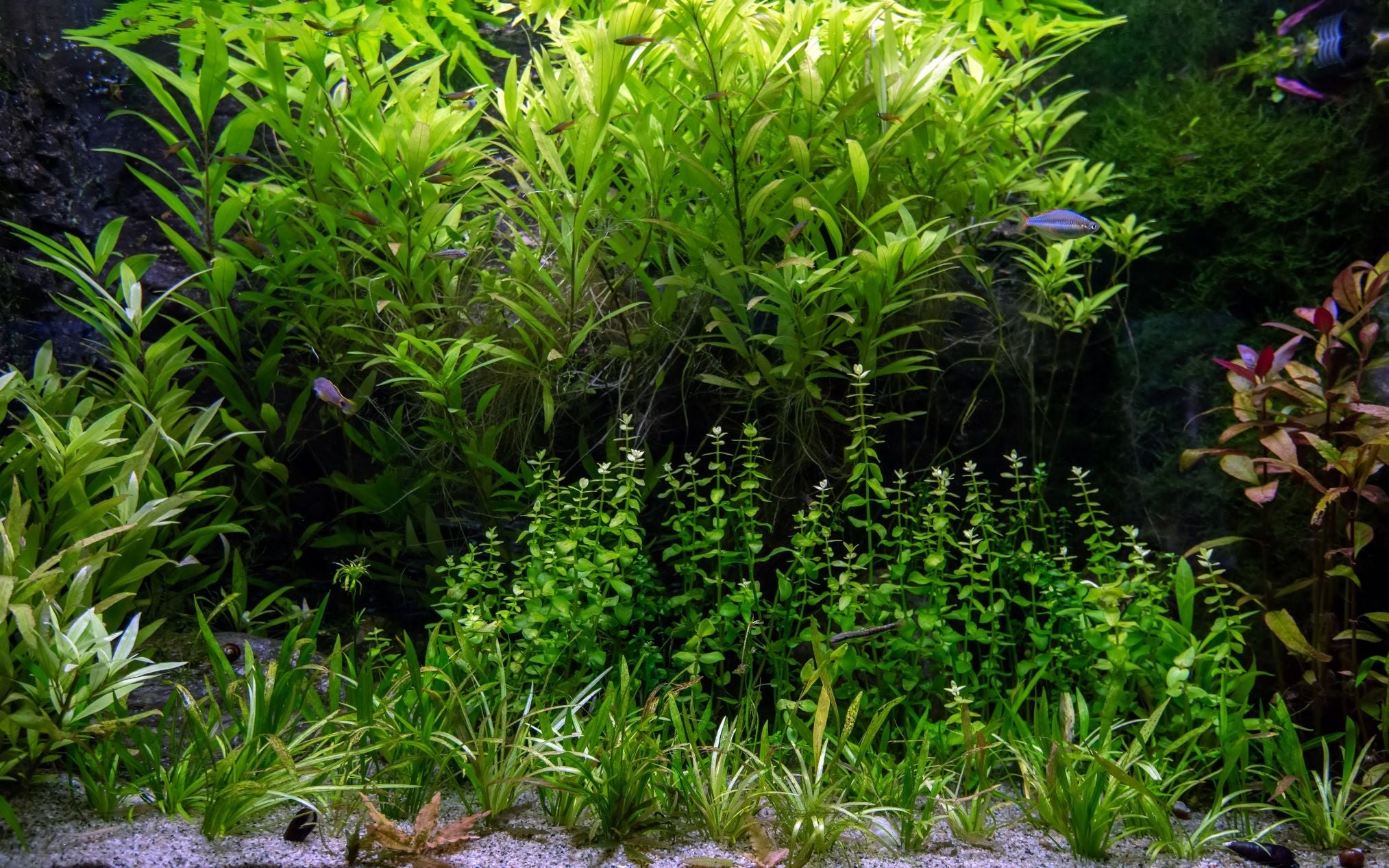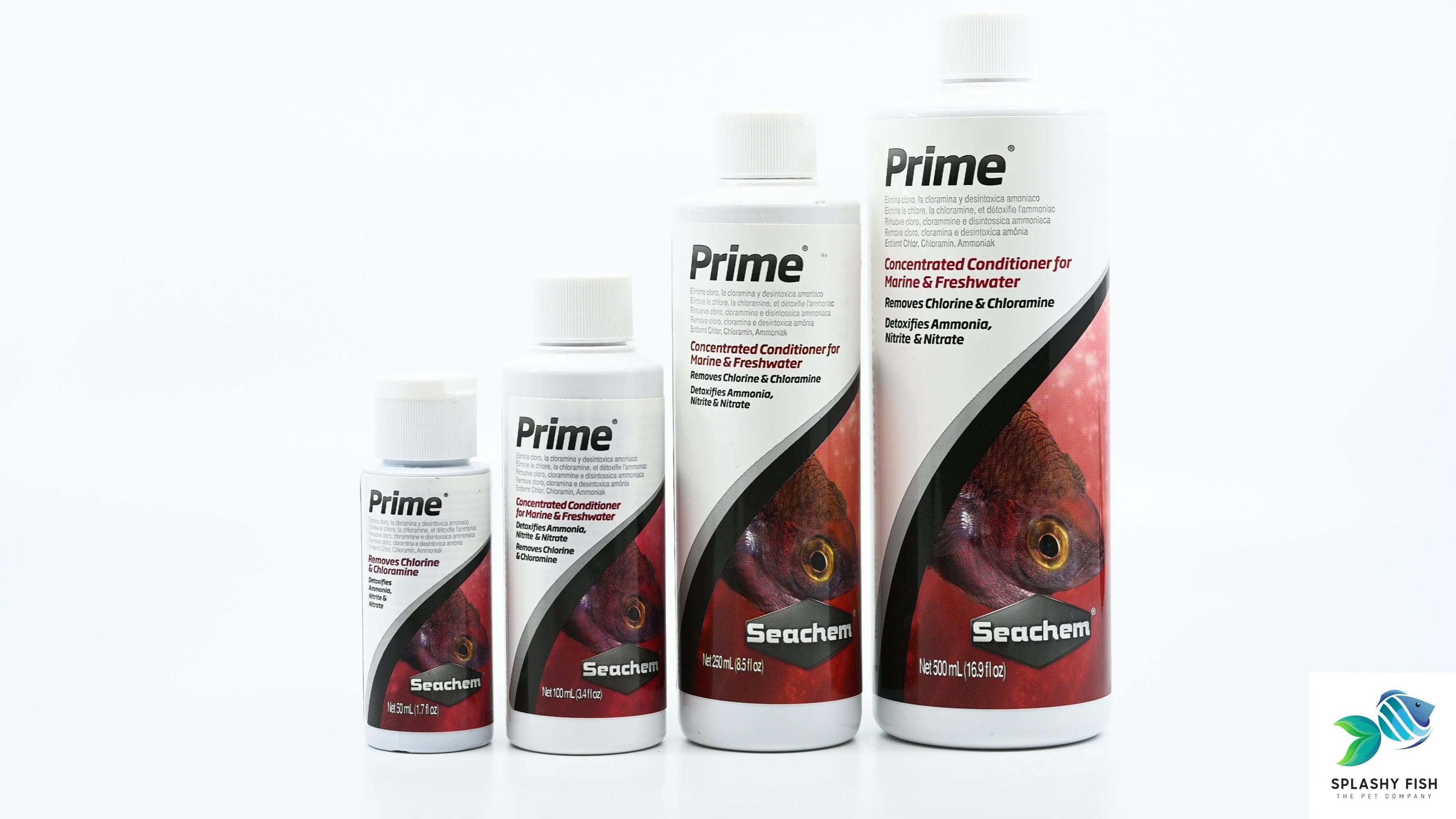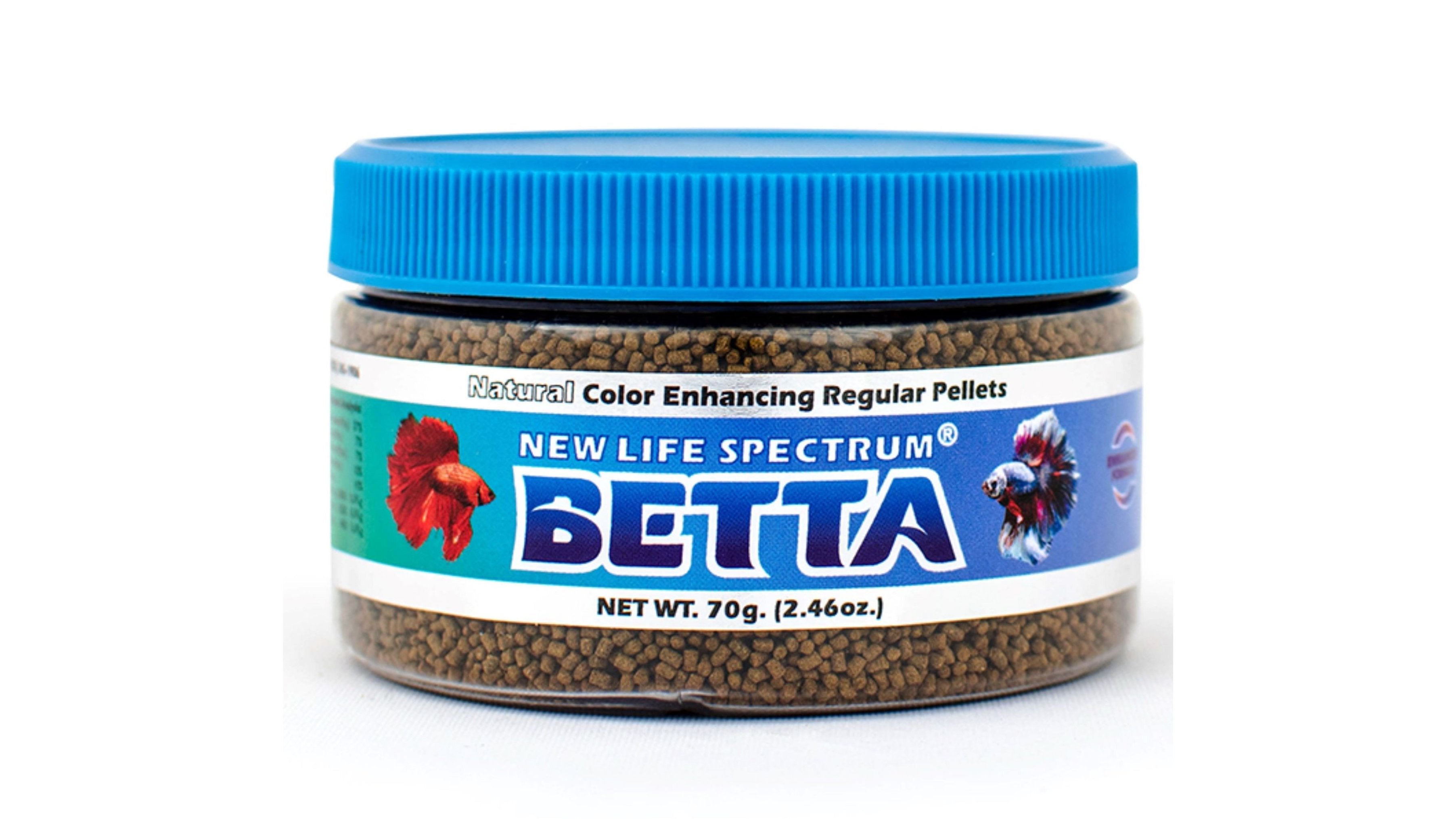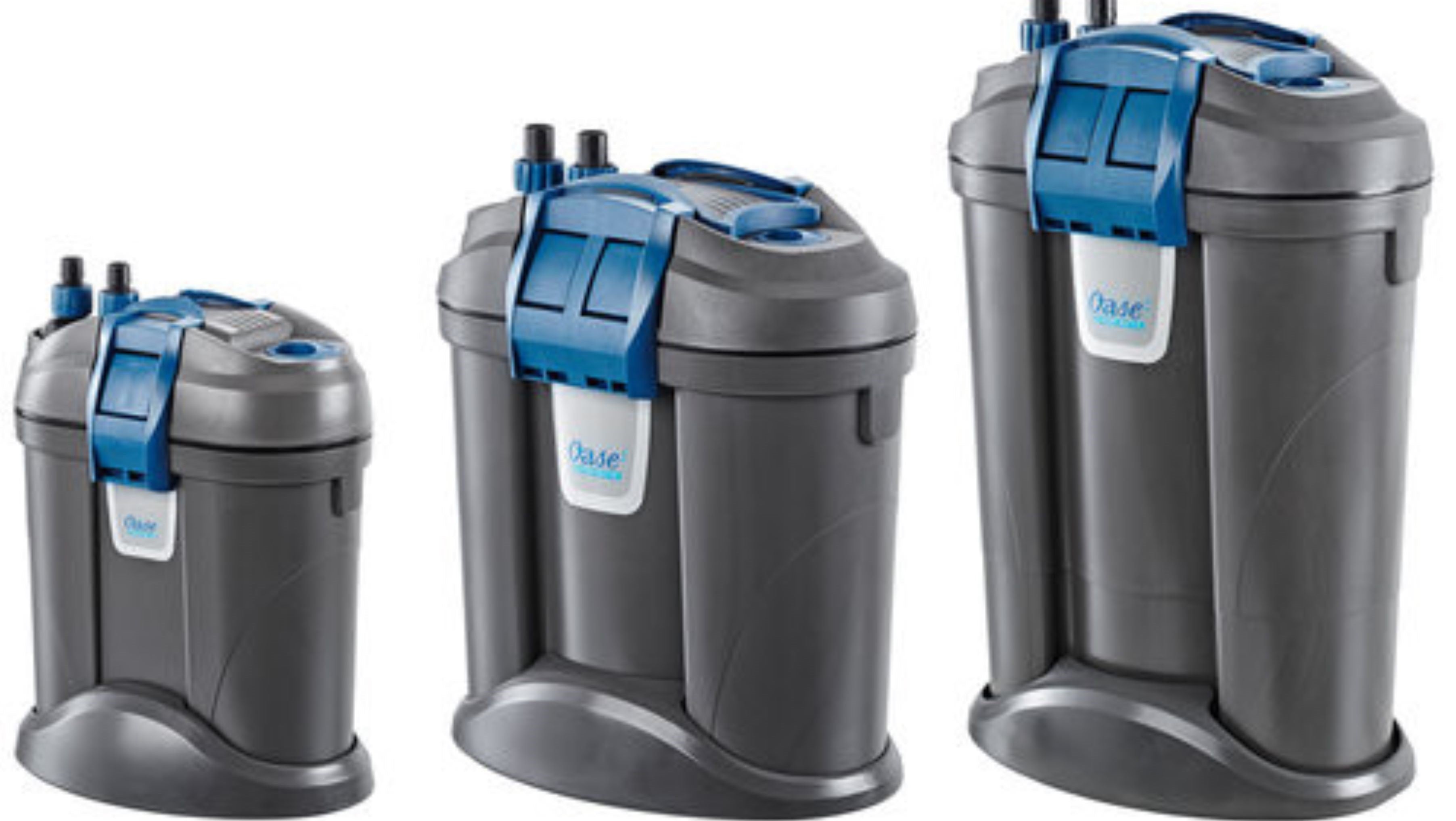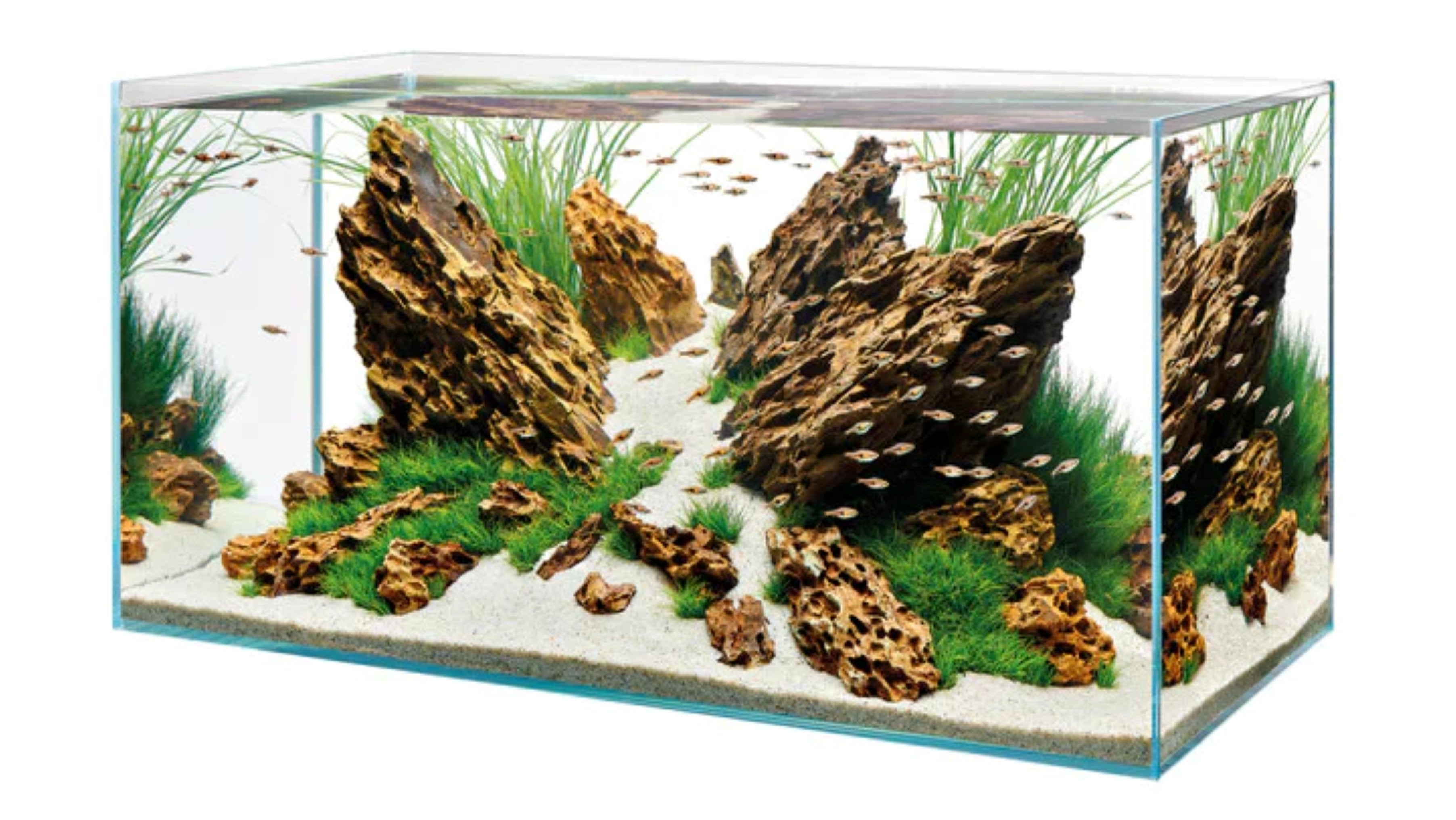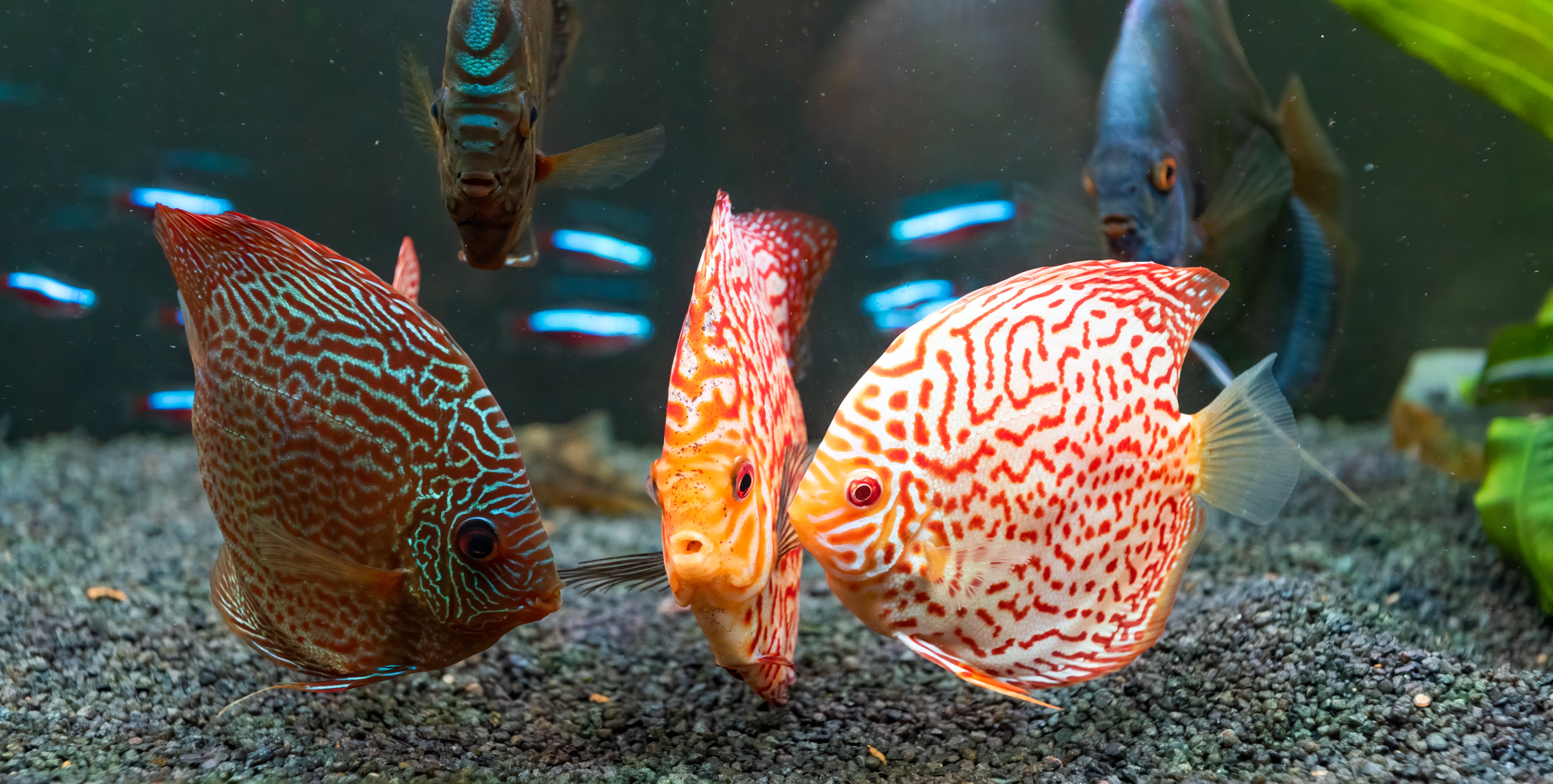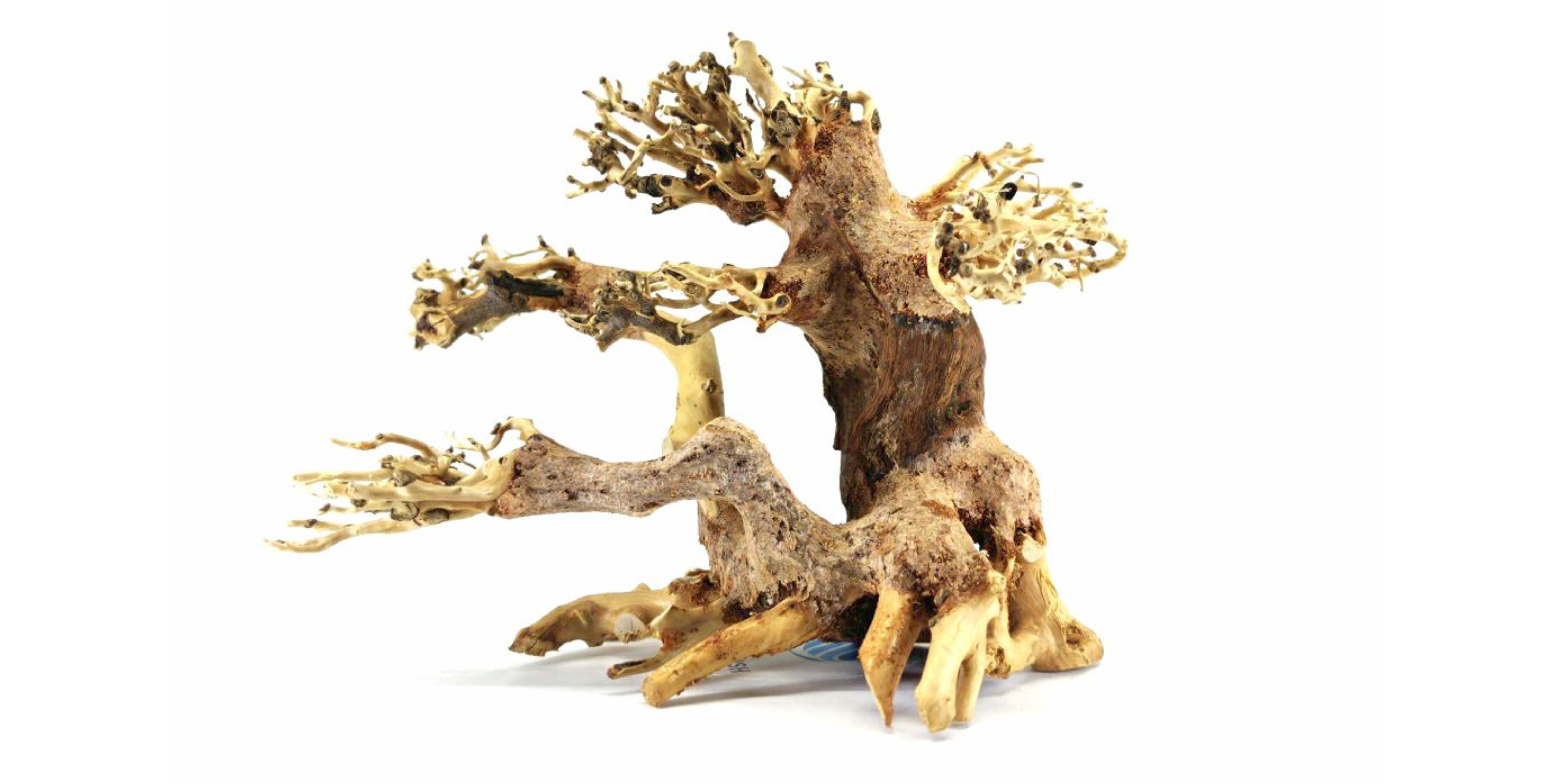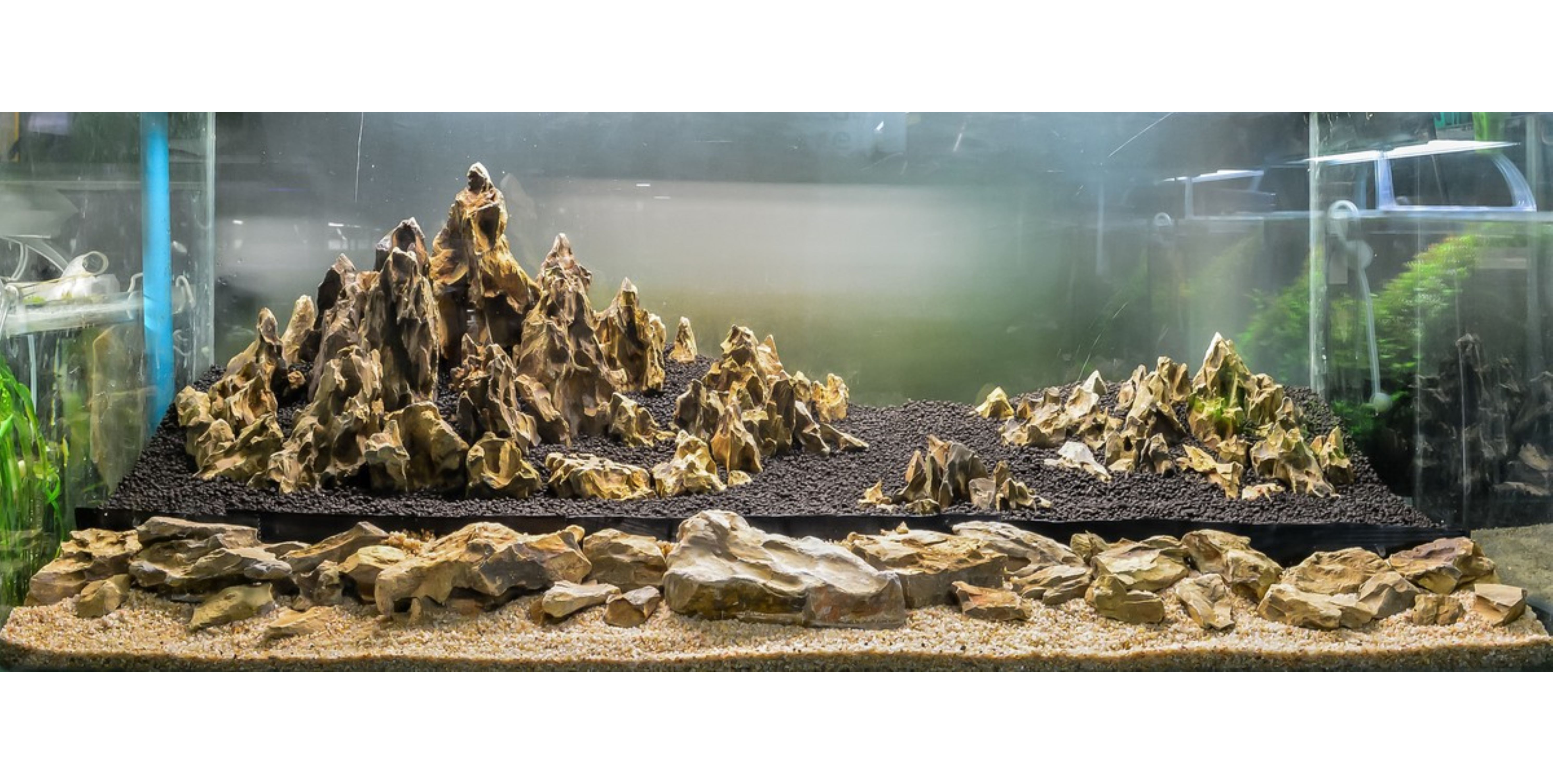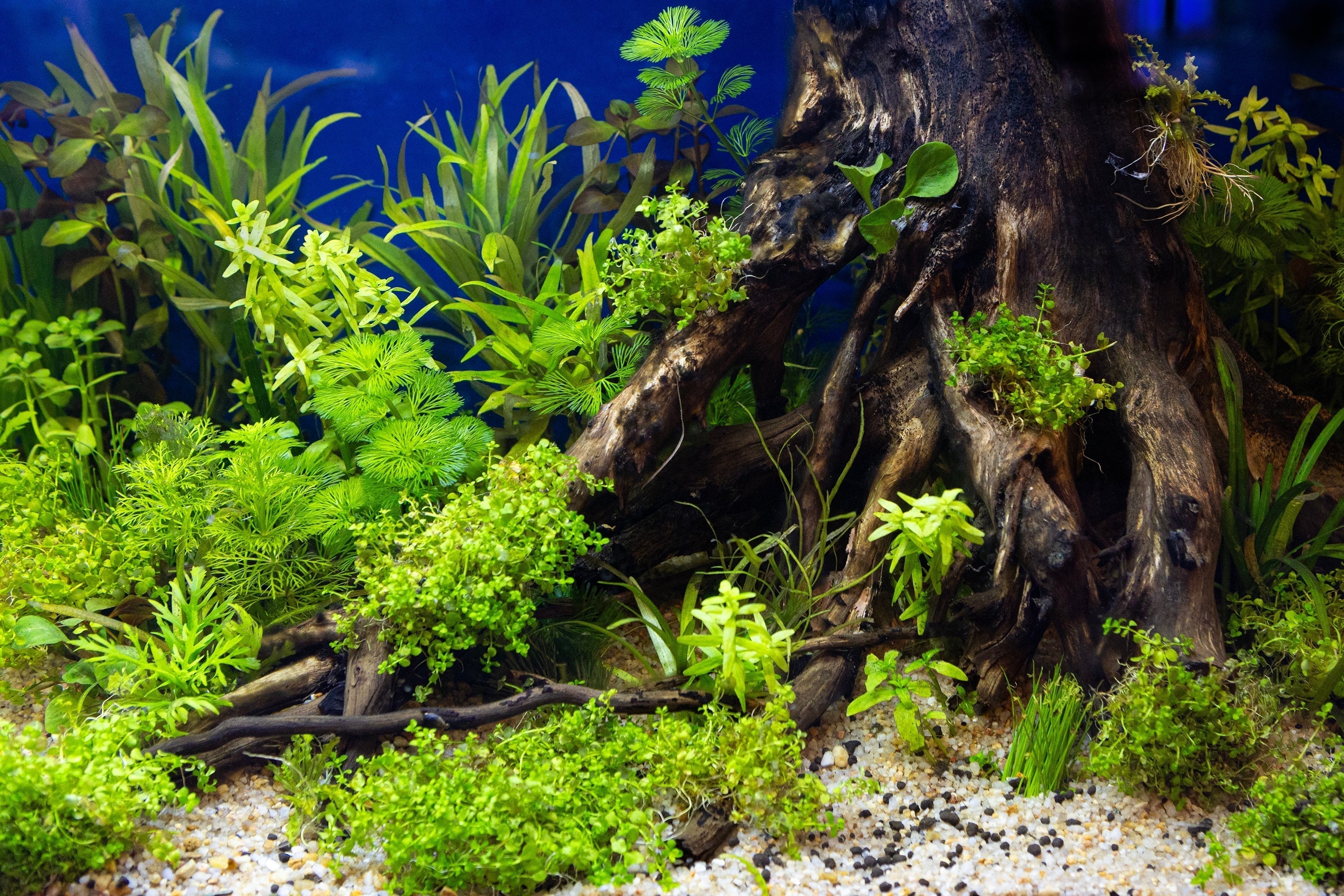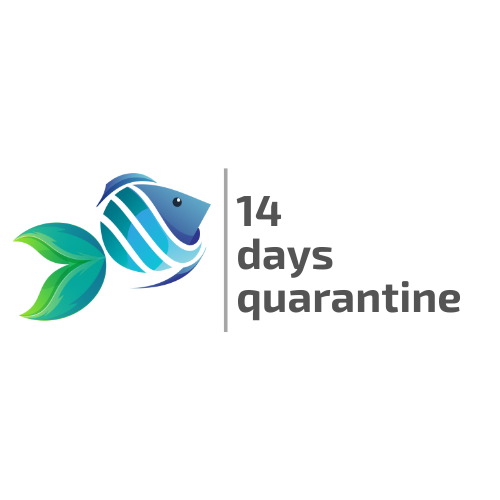Table of Contents
Creating a vibrant and thriving ecosystem in a killifish tank goes beyond just choosing the right fish; it’s about integrating stunning aquatic plants that enhance both beauty and functionality. These enchanting plants not only provide essential hiding spots and breeding grounds but also contribute to water quality by absorbing toxins and producing oxygen. In this article, we explore seven aquatic plants that every killifish tank should feature. From the lush greenery of Java Moss to the striking colors of Water Sprite, each plant plays a unique role in fostering a balanced environment. Dive in with us as we highlight the best plants to enrich your aquatic landscape!
Importance of Having Aquatic Plants in Killifish Tank
Provide Shelter and Reduce Stress
Killifish are naturally shy and often feel vulnerable in bare tanks. Dense aquatic plants create hiding spots that reduce stress and help killifish feel secure. This encourages them to display brighter colors and more active behavior.
Breeding Grounds and Egg-Laying Sites
Many Killifish species are egg scatterers, laying eggs among fine-leaved or floating plants. Java Moss, Floating Plants, and Cryptocoryne are especially valuable for breeding setups, as they protect eggs and fry from being eaten.
Natural Water Filtration
Plants act as living filters by absorbing excess nitrates, phosphates, and waste. This helps keep water parameters stable and prevents algae outbreaks in your killifish aquarium.
Oxygen Production and pH Balance
Through photosynthesis, plants produce oxygen and help maintain a balanced pH level. Killifish thrive in oxygen-rich environments, and plants ensure water conditions remain stable.
Enhance Aesthetic Appeal
A planted killifish tank mimics their natural habitats like streams, swamps, and rice paddies. The contrast of lush greenery with the vibrant colors of killifish creates a visually stunning aquarium.

Factors to Consider When Choosing Aquatic Plants for Killifish Tank
- Light Needs: Most killifish tanks thrive under moderate lighting, so choose plants that can adapt.
- Growth Rate: Mix fast-growing plants (like Water Sprite) with slower ones (like Anubias) for balance.
- Placement: Use background plants for height, midground plants for density, and floating plants for shade.
- Tank Size: Compact tanks need small species like Java Moss, while larger tanks can host Melon Swords.
- Hardiness: Beginner-friendly species such as Java Fern and Cryptocoryne ensure long-term success.
1. Anubias
Anubias such as Anubias Nana, Anubias barteri, etc., is a staple in many killifish aquariums because of its hardy nature and broad leaves. The wide leaves serve as natural egg-scattering surfaces, and the sturdy structure creates a safe environment for shy fish.
- Appearance: Thick, dark green leaves that grow slowly, providing excellent cover.
- Placement: Attach to driftwood, rocks, or midground spots.
- Growth: Slow, steady growth; thrives in low to medium light.
- Care Tips: Avoid burying the rhizome, as it may rot. Works perfectly in low-tech tanks.
2. Java Moss
Java Moss is one of the best plants for breeding killifish. Its dense, carpet-like texture is ideal for eggs and fry. Killifish eggs attach easily to their fine leaves, while fry find natural food sources like infusoria within the moss.
- Appearance: A fluffy, green moss that spreads over hardscape or substrate.
- Placement: Foreground, rocks, driftwood, or as a floating mat.
- Growth: Rapid under moderate light; requires trimming to prevent overgrowth.
- Care Tips: Hardy and survives in almost any conditions, even low light.
3. Java Fern
Java Fern adds dramatic greenery to any planted killifish tank and is nearly indestructible. Java Fern’s tall leaves create natural swimming corridors and hiding areas, giving killifish both security and open space
- Appearance: Long, flowing green leaves that fan outward.
- Placement: Midground or background; attaches to driftwood and rocks.
- Growth: Slow but steady, making it easy to manage.
- Care Tips: Prefers low to medium light; do not bury its rhizome.
4. Cryptocoryne
Cryptocoryne like Cryptocoryne lutea and Cryptocoryne parva, commonly called “crypts,” are versatile plants that add texture and density to tanks. Crypts form dense thickets, providing hiding spaces and egg-laying sites for shy killifish species.
- Appearance: Broad leaves in shades of green, bronze, or red depending on species.
- Placement: Midground clumps for cover and aesthetics.
- Growth: Moderate; takes time to establish but thrives once adapted.
- Care Tips: Can melt initially when introduced, but will regrow under stable conditions.
5. Sagittaria
Sagittaria (dwarf sag) is an easy carpeting plant that spreads quickly in a killifish tank. Its grass-like structure mimics natural environments and offers shelter for fry near the substrate. Some popular Sagittaria species include Sagittaria subulata and Sagittaria chilensis broadleaf
- Appearance: Grass-like leaves that create lush ground cover.
- Placement: Foreground or carpeting plant.
- Growth: Fast under medium light; propagates through runners.
- Care Tips: Trim regularly to prevent overgrowth in small tanks.
6. Melon Sword
Melon Sword is a larger plant that makes a bold statement in background areas. Provides broad leaves for resting and hiding, while its size makes it a perfect anchor for aquascaping.
- Appearance: Wide, oval-shaped leaves with shades of green to reddish hues.
- Placement: Background plant for larger tanks.
- Growth: Moderate; benefits from root tabs for strong development.
- Care Tips: Requires more nutrients than low-light plants; ideal for medium to high light setups.
7. Floating Plants
Floating plants are essential in killifish aquariums, mimicking the shaded habitats killifish naturally inhabit. Popular species include Amazon Frogbit, Duckweed, Water Sprite, and Salvinia Minima. Floating plants reduce light intensity, create a calm environment, and act as natural spawning sites for egg-scattering species.
- Appearance: Floating rosettes or leaves that cover the water surface.
- Placement: Surface of the tank; shade provider.
- Growth: Fast-growing; requires trimming to avoid blocking all light.
- Care Tips: Provide open areas for gas exchange and feeding.
How to Care for Aquatic Plants in Killifish Tank
- Lighting: Maintain 8–10 hours of light per day.
- Substrate: Use nutrient-rich substrate or root tabs for heavy root feeders like swords and crypts.
- Fertilization: Dose liquid fertilizer for stem and floating plants; ensure it’s shrimp- and fish-safe.
- CO2: Optional for most plants listed, but can enhance growth and color.
- Maintenance: Trim regularly to prevent overgrowth and maintain open swimming areas.
Additional Tips for a Thriving Killifish Ecosystem
- Maintain water at pH 6.0–7.5, temperature 72–78°F.
- Perform 20–30% water changes weekly to keep the tank clean.
- Stock killifish in groups and provide both dense plants and open swimming zones.
- Avoid aggressive fish tank mates to prevent stress.
Visit here for more detailed information on How to Care for Killifish
Conclusion
A killifish tank with live aquatic plants is healthier, more natural, and far more beautiful than a bare setup. Our top 7 aquatic plants for a Killifish tank provide shelter, breeding grounds, water quality benefits, and unmatched aesthetics.
By choosing the right mix of background, midground, carpeting, and floating plants, you’ll create a balanced ecosystem where your killifish thrive. Visit Splashy Fish tropical fish store to buy these aquarium plants for sale online or at aquarium store in Virginia for more freshwater fish for sale, freshwater shrimp for sale, and aquarium supplies.
Frequently Asked Questions (FAQs)
Can I keep a Killifish tank without aquatic plants?
Yes, but it’s not recommended. Killifish thrive in planted tanks where they feel secure, display brighter colors, and have natural spawning areas. Plants also improve water quality and oxygen levels.
How often should I change water for a planted Killifish tank?
Perform weekly water changes of 20–30%. Even with live plants absorbing some toxins, regular water changes are essential for stable water chemistry and healthy fish.
Can I use fertilizers for aquatic plants in a Killifish tank?
Yes, you can use fish- and shrimp-safe fertilizers. Root tabs are ideal for plants like Cryptocoryne and Melon Sword, while liquid fertilizers support stem and floating plants. Avoid overdosing to prevent algae growth.


